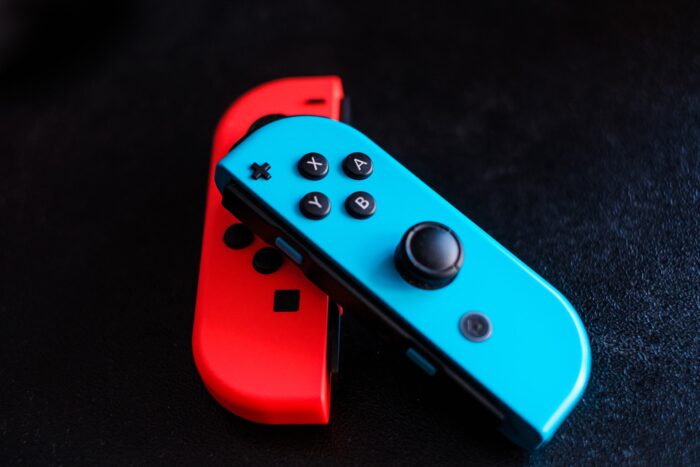Each year, technological advances offer imaginative solutions to age-old problems. But not every new idea will address issues like transportation or communication. In fact, entertainment is one of the most lucrative industries worldwide.
The media industry alone will be worth up to $2.1 trillion by the end of this year, according to Statista. With so much revenue on the line, companies will go above and beyond to stay at the forefront of tech advances.
The ensuing tech battle between the biggest names in entertainment, from broadcasting groups to film production companies, has led to a series of fascinating opportunities for consumers. The NBA now has a VR subscription pass for regular-season games, while Joe Rogan’s The Joe Rogan Experience has introduced many to the latest trend in entertainment: the podcast.
There’s no sign of slowing down, either. But, looking ahead, which sectors in the industry are set for the biggest overhauls?
eSports
Typically, entertainment is focused on the consumer. However, eSports is an emerging industry that already has 26 million viewers in the US, according to eMarketer—but this emerging sector will have more than viewers.
Looking ahead, eSports will directly affect pop culture. Popular tournaments won’t just be the domain of live streams via Twitch, but will become highly publicized and broadcasted events. Top eSports gamers will achieve celebrity status, which will affect surrounding sectors from fashion to music to podcasts. Already, partnerships like those between Ninja (a famous gamer) and Adidas have led to highly lucrative ventures.

Surely, of the 4 platforms that we are dealing with today, Esports is the one that is growing the fastest and is already the most consolidated. In fact, it has already distributed prizes that have exceeded 10 million euros, such as DOTA2, a multiplayer online arena battle game. It is expected that this figure will continue to increase over the years. What is certain is that the sector is in great health and is expected to grow as it has been doing in recent years.
VR Opportunities & Headsets
Gone are the days of unaffordable VR headsets. Now that Google offers a simple cardboard solution for $30, the general public has access to reliable VR equipment. At the moment, many are waiting for companies to play catch-up with their VR subscription offerings.
Now, mobile developers for iOS and Android users are looking to create VR and AR mobile games for everyday use. Others, like Netflix, are adapting certain series and programs for VR viewers. The future of VR includes more affordable headset options, as well as more diverse options for gaming and viewing.
Mobile Games
Similar to eSports, mobile gaming has provided some of the most competitive year over year growth of any entertainment sector of the past decade. According to AppAnnie, 61% of the mobile apps in the Apple Store are games. The industry was worth $98 billion last year, with projections rising in the coming years.
Some investors predict that mobile games will intersect meaningfully with eSports. At the moment, the most popular mobile game downloaded worldwide is PUBG Mobile. PUBG is also one of the most prominent eSports games, hinting that organized eSports tournaments may soon include mobile games, ranging from existing installations like PUBG to new mobile-specific games like Subway Surfers.
Digital Collectibles
The future of NFTs, considered a niche by some, is up for debate for many. While companies from Forbes to Rolling Stone have questioned the long-term viability of digital collectibles, the money talks. Earlier this year, one collector shelled out a stunning $69 million for rights to the Beeple creation, “Everydays: The First 5000 Days”.
Though it’s unlikely digital collectors will continue spending so much on ventures like CryptoKitties and the NBA’s Top Shot NFTs, further proof for the sector’s viability lies in mundane collections. From Magic: The Gathering to high-class art, collectors of physical pieces have been known to part with small fortunes to become the sole owner of something.
Find a Home-Based Business to Start-Up >>> Hundreds of Business Listings.

















































